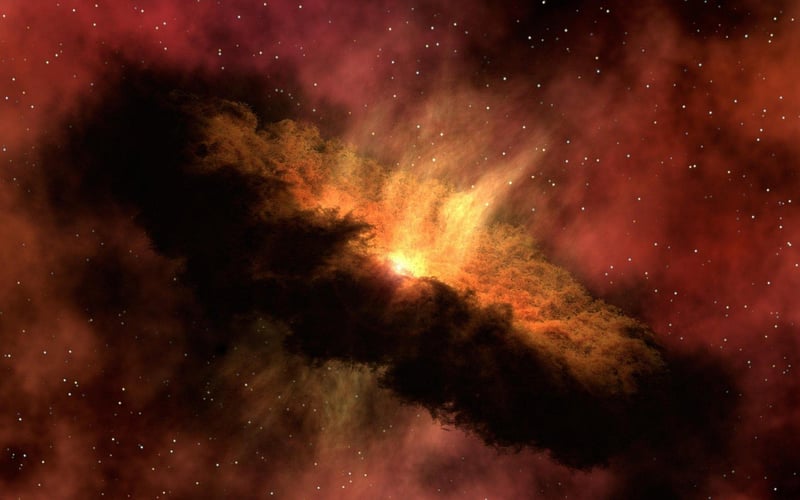Space habitats
Advancements in Space Exploration Technology

Space exploration has always captured the imagination of humanity, driving us to push the boundaries of what is possible. Recent advancements in technology have accelerated our capabilities and opened up new possibilities for exploring the cosmos.
1. Robotics and AI
Robotic technology has revolutionized space exploration by allowing us to send machines to distant planets and moons. These robots can collect data, conduct experiments, and even assist in the construction of space habitats.
2. 3D Printing
3D printing has become a game-changer for space missions. It enables astronauts to produce tools, spare parts, and even entire structures using raw materials available in space, reducing the need for costly resupplies from Earth.
3. Ion Propulsion
Ion propulsion systems offer a more efficient way to travel through space compared to traditional chemical rockets. These systems use electric fields to accelerate ions, providing higher speeds and fuel efficiency for long-distance missions.
4. Space Habitats
Space habitats are essential for long-duration missions and the establishment of colonies on other planets. These habitats need to provide a safe and comfortable living environment for astronauts, with features like radiation protection, life support systems, and artificial gravity.
5. Virtual Reality
Virtual reality technology is being used to train astronauts for space missions, simulate extraterrestrial environments, and even provide mental health support during long periods of isolation in space. It enhances the overall experience of space exploration for both astronauts and the public.
Conclusion
The future of space exploration is bright, thanks to these incredible technological advancements. As we continue to innovate and push the boundaries of what is possible, we are opening up new frontiers in our understanding of the universe and our place within it.
Explore more about space exploration on NASA's official website.
